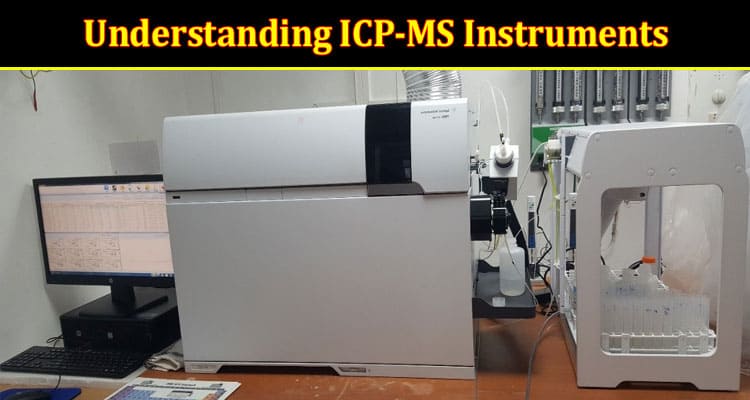Have you ever wondered how scientists can figure out how much of a tiny element, like gold or mercury, is in a sample? It’s all thanks to a powerful tool called Inductively Coupled Plasma Mass Spectrometry, or ICP-MS for short.
ICP-MS helps researchers in various fields like studying the environment, making medicines, understanding rocks, and even checking your food. This article will dive deep into the world of ICP-MS. Also explores what makes it so amazing and how it helps scientists solve mysteries in science.
ICP-MS: An Overview
ICP-MS is a combination of two powerful techniques: inductively coupled plasma (ICP) and mass spectrometry (MS). The ICP generates a high-temperature plasma by ionizing the sample, converting it into a highly conductive state. The ions produced in the plasma are then analyzed using mass spectrometry, allowing for precise determination of elemental composition and concentration.
ICP-MS is super precise because it can check out lots of isotopes at once, making it really good at finding tiny amounts of stuff accurately. Isotopes are like different versions of an element, each with a different number of neutrons in the center. ICP-MS can figure out how much of each version there is and tell you exactly what’s in a sample.
Instrumentation and Components
ICP MS instruments are made up of important parts. Each part has a big job to make sure the measurements are super precise and right on the mark:
1. Sample Introduction System
The sample is typically introduced into the plasma via a nebulizer, which generates a fine aerosol from the liquid sample. The aerosol is then carried into the plasma for ionization.
2. Inductively Coupled Plasma (ICP)
The ICP is a high-temperature, ionized gas created by passing an inert gas, usually argon, through a radiofrequency coil. The energy from the radiofrequency coil ionizes the argon, forming the plasma. The high temperature of the plasma ensures complete ionization of the sample, providing accurate elemental analysis.
3. Mass Spectrometer
The mass spectrometer is the heart of the ICP-MS instrument. It separates ions based on their mass-to-charge ratio (m/z). The ions generated in the plasma are extracted and sorted based on their m/z ratio, allowing for precise elemental identification and quantification.
4. Detector
The detector in an ICP-MS machine counts the ions at certain mass-to-charge ratio (m/z) values, helping you measure each isotope. How sensitive and precise the detector is matters a lot because it affects how accurately you can analyze things. The better the detector, the more exact your measurements can be!
Achieving Precision in ICP-MS Analysis
To make sure ICP-MS analysis is super precise, you have to be really careful about a bunch of things. Here are some of it:
1. Calibration
You’ve got to calibrate the instrument just right using certified reference materials to be sure we’re measuring things accurately. You create calibration curves by using known amounts of standard elements. This helps you understand how the signal you get relates to the actual concentration of the elements.
2. Sample Preparation
Getting the samples ready is a big deal – you have to handle them carefully and sometimes adjust their strength by diluting or breaking them down. This way, their concentrations match the range on your calibration curve. If you don’t prepare the samples just right, your results won’t be as accurate and exact as you want them to be. So, proper preparation is like setting the stage for a really great performance!
3. Quality Control
Regular analysis of quality control samples and participation in proficiency testing programs are crucial for verifying the precision and accuracy of the analysis. Monitoring instrument performance and ensuring data quality is fundamental to reliable results.
Advancing Science and Technology with ICP-MS
ICP-MS is like a superhero in the world of science, giving you an incredibly keen eye for elements. Knowing how it works and what makes it tick, including how to use it right, is crucial for getting the most reliable and accurate results.
When you use ICP-MS the right way and follow all the rules, you can dig deep into the elements of different samples. This helps you move forward in science and technology, discovering new things and making important progress that can benefit all.

